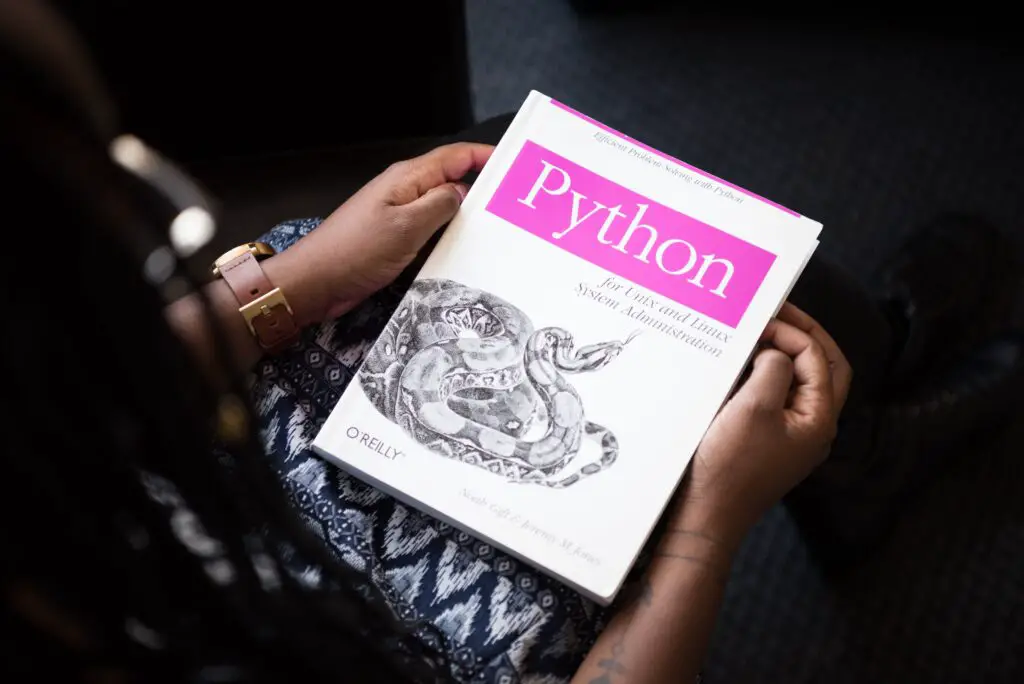The Marvels of Python Lists
Welcome to the realm of Python, where elegance meets functionality in the guise of lists. These versatile containers possess the magic to weave data into a tapestry of possibilities, offering a trove of manipulation and organization. In the realm of programming, the list emerges as a stalwart companion, an entity that beckons exploration and understanding. Its seemingly simple nature conceals a labyrinth of capabilities, waiting to be unraveled by the curious mind. So, embark on this journey as we delve into the intricacies of Python lists and unearth their boundless potential.

Understanding Python Lists
At the heart of Python’s prowess lies its lists—dynamic arrays that hold an assortment of items, each accessible by an index. These arrays embrace diversity, embracing elements of varying types—integers, strings, objects, and even other lists, providing an ecosystem for creativity. Their mutable nature allows for fluid modifications, enabling additions, removals, and alterations with seamless grace. A unique characteristic of lists is their capacity to be heterogeneous, fostering an amalgamation of different data types within a single entity. This dexterity permits the crafting of complex structures, laying the foundation for sophisticated data manipulations and creative problem-solving.
List Creation and Manipulation
The birth of a Python list is a simple invocation—a set of elements encapsulated within square brackets, separated by commas. This fundamental act conceives a canvas awaiting strokes of modification and manipulation. The tapestry of alterations is woven with an array of methods—append, extend, insert, pop, and more. The append method embraces new elements, nestling them at the list’s end, while extend weaves together multiple lists, uniting their essence into a singular entity. Insertion unfurls a realm of precision, enabling placement at specific indices, birthing a sense of orchestrated arrangement amidst the chaos of data.
Indexing and Slicing
Delve into the realm of indexing, where each element dons a unique identity through a numerical address. The journey through this labyrinth involves accessing elements via their index, with Python’s indexing starting at 0—an idiosyncrasy to be revered. Slicing, akin to the deft artistry of a master craftsman, unveils a subset of the list, carving out segments with syntax finesse. The colon acts as a chisel, demarcating the start and end points, enabling the extraction of precise portions or the revelation of an entire tapestry of data.
List Comprehensions:
A Symphony of Conciseness
Behold the virtuosity of list comprehensions, an elegant symphony of conciseness and functionality. These constructs embody Python’s ethos of readability and brevity, encapsulating the essence of iteration and transformation within a single line. Akin to an artisan shaping clay, list comprehensions sculpt new lists through concise expressions, condensing loops into succinct forms. Their beauty lies not just in their brevity but in their power to encapsulate complex logic, resulting in code that dances with clarity and efficiency.
The Power of Mutable Sequences
Witness the dynamism of mutable sequences—lists that embrace change and evolution. Their malleability allows for fluid transformations, where elements can be altered, reordered, or even completely metamorphosed. The implications of this mutability are profound, offering an arena for in-place modifications, ensuring efficiency in memory usage and computational speed. Yet, with this power comes the responsibility of caution, as inadvertent modifications can ripple across the codebase, altering the very fabric of the intended design.
